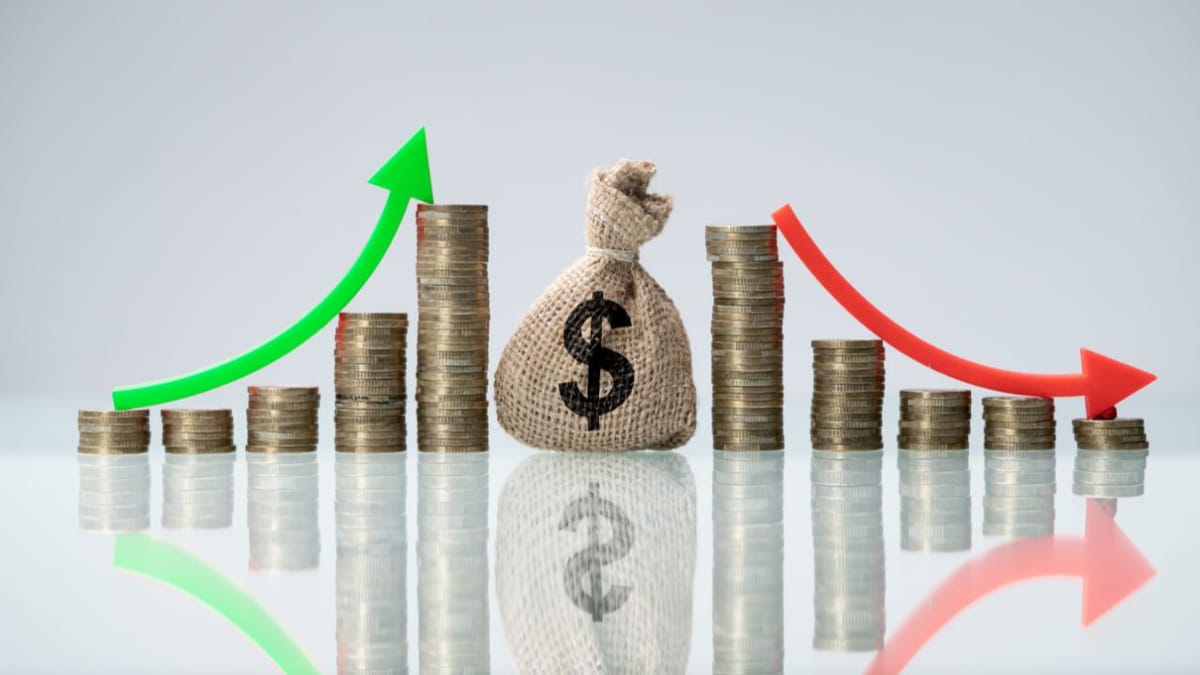Understanding Market Cycles in the Macro Economy

In the world of investing and financial planning, one of the most powerful tools is understanding market cycles. These natural phases of economic activity help investors, business owners, and policymakers make better decisions. At W Wealth Consulting, we emphasize the importance of recognizing where we are in the cycle—and how it impacts your financial strategy.
1. What Are Market Cycles?
Market cycles refer to the recurring phases of economic growth and decline that occur over time. While each cycle varies in length and intensity, they typically follow a predictable pattern influenced by macroeconomic indicators such as interest rates, employment, inflation, and GDP.
There are four main phases of a typical market cycle:
- Expansion: Rising GDP, strong employment, increasing consumer confidence, and corporate earnings growth.
- Peak: Maximum output and demand, often accompanied by inflation and speculative investing.
- Contraction (Recession): Economic slowdown, rising unemployment, declining consumer spending, and falling asset prices.
- Trough: The bottom of the cycle, often marked by low confidence but setting the stage for recovery and growth.
2. Why Market Cycles Matter for Investors
Understanding these phases helps investors align their strategies with current and future economic conditions. For example:
- During expansions, growth stocks and real estate may outperform as optimism and capital flow increase.
- At peaks, defensive assets like bonds and dividend-paying stocks become more attractive.
- In contractions, cash preservation, risk management, and selective buying opportunities become critical.
- In troughs, savvy investors begin accumulating undervalued assets in anticipation of the next cycle.
3. The Role of the Central Bank and Policy Shifts
The Federal Reserve and other central banks play a pivotal role in influencing market cycles through monetary policy. Rate hikes often signal a peak is approaching, while rate cuts are typical during or after a contraction to stimulate growth.
Fiscal policy—government spending and taxation—also affects the trajectory and length of market cycles.
4. Macro Indicators to Watch
To navigate the cycles effectively, keep an eye on:
- Interest rates: Rising rates can slow borrowing and spending.
- Inflation: High inflation erodes purchasing power and affects asset valuations.
- Employment data: Job creation and wage growth signal the health of the economy.
- Consumer sentiment: Confidence often reflects future economic activity.
5. Long-Term Perspective Is Key
Market cycles are inevitable, but they’re also temporary. Long-term investors who understand these cycles are better positioned to avoid emotional decisions, buy with conviction during downturns, and manage risk intelligently during euphoric peaks.
Final Thoughts
At W Wealth Consulting, we help our clients stay ahead by interpreting macroeconomic signals and adjusting investment strategies accordingly. Recognizing where we are in the market cycle isn't about timing the market—it's about understanding the environment and making informed, disciplined decisions.
Want to know how current macro trends could impact your portfolio? Contact us today for a personalized consultation.




